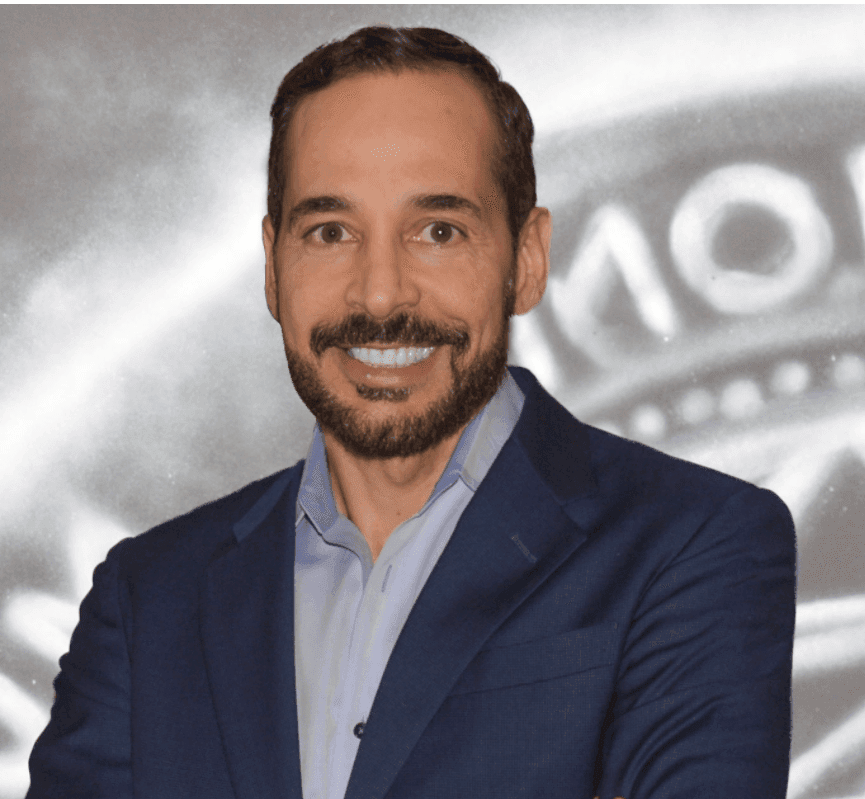Playing It Safe On Social Issues? Here’s Why Neutral Is Not The Way To Go

Vector image is from freepik.com by @flaticon
Today’s sociopolitical landscape can be tricky to navigate. With myriad topics top of mind for customers—including Juneteenth, Pride Month, gun legislation, and Roe v. Wade legislation—now is the time for brands as well as individuals to become more thoughtful about how they communicate their values.
According to a Zappi survey, 70% of people between 18 and 34 were directly influenced to shop brands that publicly supported key social issues in the past year. The survey also showed that a brand’s lack of support prompted two in five people to stop purchasing its products. It’s clear that what brands say and don’t say can have a direct impact on their sales, as well as on people’s personal brands.
You might be wondering if you should stay silent regarding certain issues to avoid potentially saying something wrong and alienating a segment of your audience. But this is the worst thing you can do for your personal brand. In fact, 35% of U.S. adults say they’re more likely to trust brands when they take a clear stance on an issue.
At the end of the day, you can’t please everyone. What matters is that you communicate your values transparently and authentically. You are the voice of your brand. It’s important that your followers and customers see you publicly supporting the causes you care about. Here’s how to strategically navigate your personal brand’s stance on social issues:
1. Recognize that “neutral” doesn’t exist.
Choosing to stay silent is still a choice. What one person views as “neutral,” another might see as taking a stance by failing to act. People will read into the things you don’t say, so your views have power, even if you think you’re keeping them private. Whether you’ve shared your voice in the past or not, now is the time to make your beliefs known on critical issues.
“Choosing not to take a stand communicates complicity, and that’s not good for business,” writes Jeff Snyder, founder and chief inspiration officer at Inspira Marketing Group. “Value misalignment can be costly and may negatively affect the public’s perception of your brand. Moving forward, you’ll need to align yourself with customers on social issues that are important to them and effectively demonstrate your brand values.”
Fashion Nova experienced misalignment firsthand in the past few years. Customers criticized the fashion brand for staying silent on anti-Black racism and the Black Lives Matter movement, despite the fact that most of its customers are Black women.
2. Be selective about what you use your voice for.
You don’t have to support every cause. In fact, you shouldn’t. What you use your voice for signals what matters most to you. As a leader, it’s critical that you focus on just a few key priorities, asserts Mary Mesaglio, research vice president and distinguished analyst with Gartner’s CIO research team.
“Centrally set out a clear set of priorities, and locally implement them with a high degree of local manager autonomy,” she writes. “Instead of a clear, hierarchical list of priorities, mediocre leaders set out a buffet of priorities, all of which seem to be equal.”
Unearthing the social issues you care about is a crucial part of building your personal brand, and yes, it’s all about discovering what your core values are—not imitating someone else based on what you think people want to hear. What do you want to be known for? What do you want to become the go-to for? What is your personal mission? Focus your energy there. There’s an emotional cost to letting your thoughts and feelings be known, and you want that investment to be worthwhile to you.
3. Be thoughtful about how you communicate.
It’s not always what people say that matters; it’s how they say it. “We tend to think that communication is a verbal, intellectual exercise, while in fact communication—particularly public presentation—is a physical activity as well,” writes Adrian Dearnell, a financial journalist. “Remember, it is you, in physical form, who are presenting those words to an audience, and your body carries its own subliminal but forceful messages through your gestures and your tone of voice.”
Research by psychologist Albert Mehrabian underscores Dearnell’s point: Gestures and body language make up 55% of the impact speakers have on an audience, while tone of voice makes up 38% and words just 7%. When communicating, be sure to account for every aspect of your message, including how you present yourself in person.
There are many ways to share your perspective, including social media, blog posts, interviews, speeches, vlogs, newsletters, press releases, and more. Think about which vehicles are best for sharing your view on a specific topic, and then consider your strengths and tendencies as a communicator. If you’re a public speaker, you could work it into a story you share at conferences. If you’re a writer, you might prefer to publish a data-driven article explaining how you arrived at your viewpoint. But video is the most powerful medium for conveying your gestures, body language, and presence (when you aren’t there in person).
You may like this: “Impressive” Won't Win The Market. Try “Authentic”
This is a time of heightened social awareness and emotion. When building your personal brand, you have to view this moment as an opportunity to genuinely commit to making the world a better place. Followers, customers, and contacts are more likely to trust and respect you for standing up for what you believe in—even if they don’t agree with your stance. As long as you’re communicating respectfully and thoughtfully, sharing your beliefs will demonstrate your passion, commitment, and values to those who follow you.
This article was originally published in Forbes.
Business
Tags: Brand
William Arruda is the bestselling author of the definitive books on personal branding: Digital YOU, Career Distinction and Ditch. Dare. Do! And he’s the creative energy behind Reach Personal Branding and CareerBlast.TV – two groundbreaking organizations committed to expanding the visibility, availability, and value of personal branding across the globe. For more information on Personal Branding , please visit williamarruda.com.





